Critical Facilities
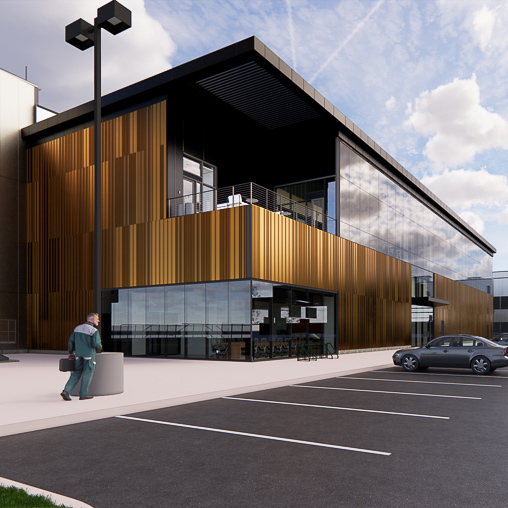
Microsoft Mass Timber Hyperscale Data Centers
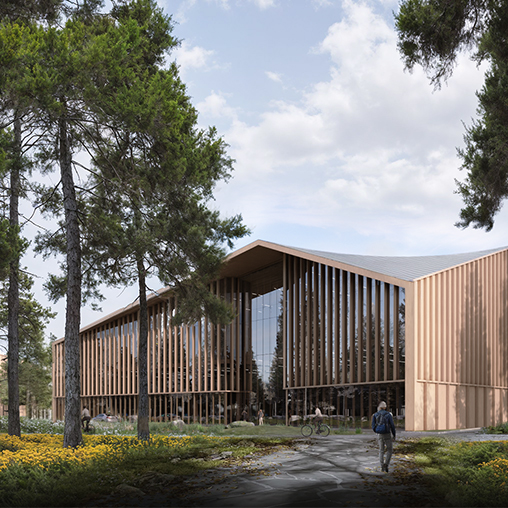
Wonder Valley
Data Centre Park
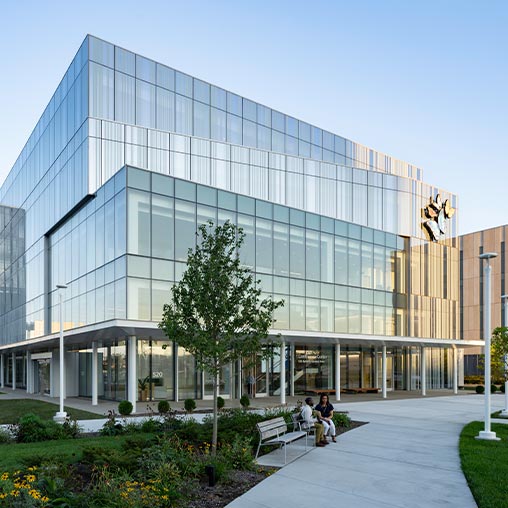
Nationwide Children’s Hospital — Data Center + Conference + Medical Simulation Facility
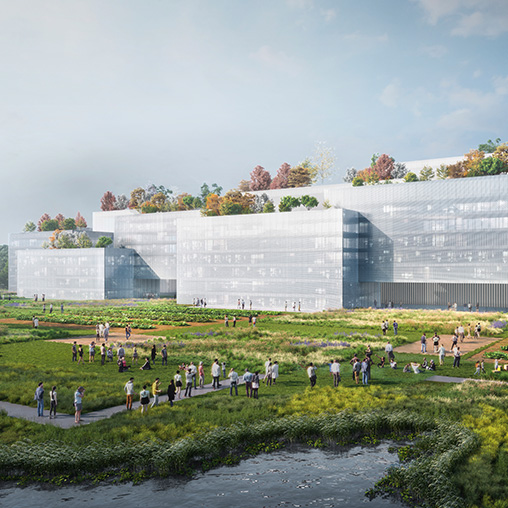
Guangzhou Substation Concept Proposal
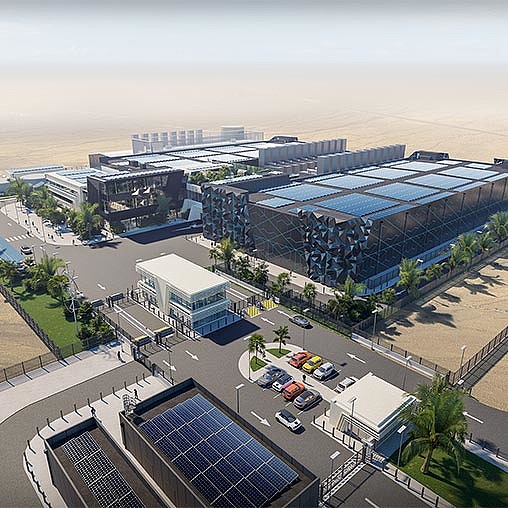
Future Digital Data Systems Data Centre
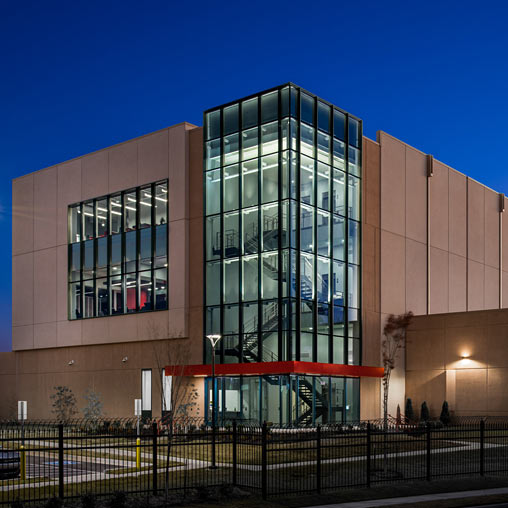
St. Jude Children’s Research Hospital Data Center
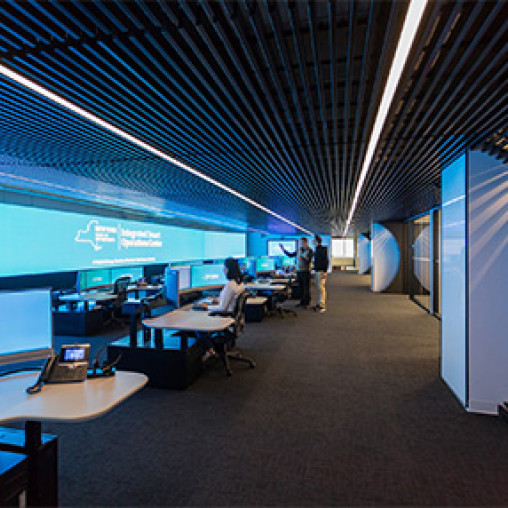
New York Power Authority (NYPA)
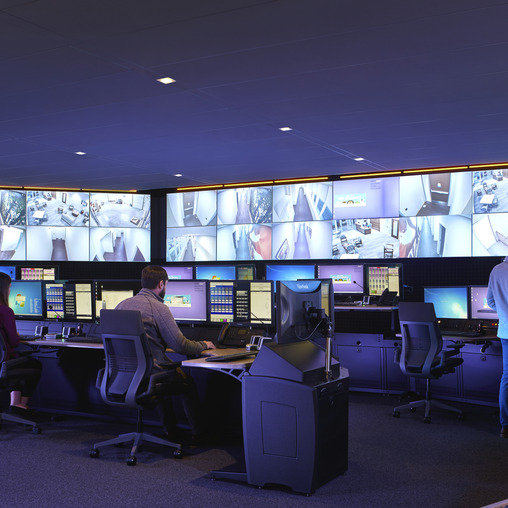
Advocate Security Command Center
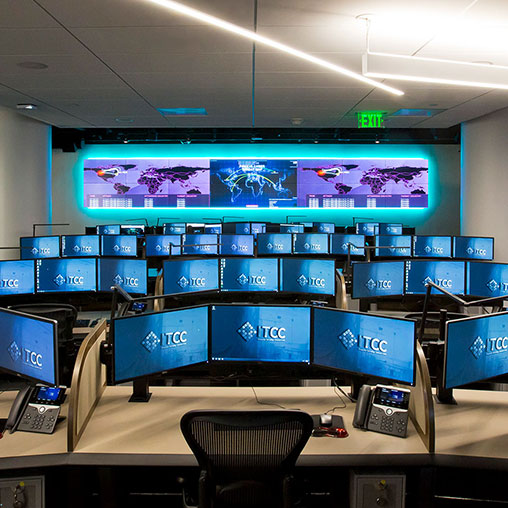
Memorial Hermann Hospital System Network Operations Center
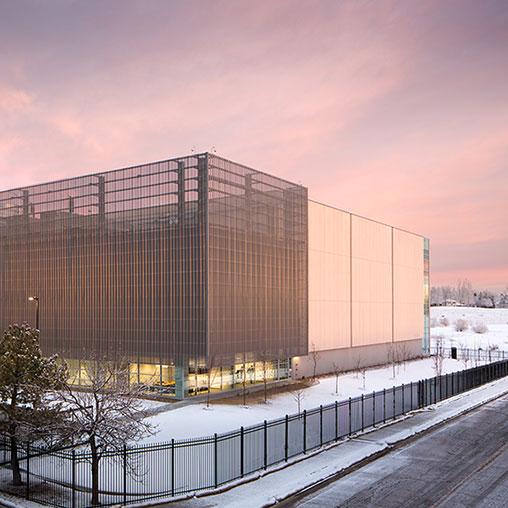
Charter Communications National Center West
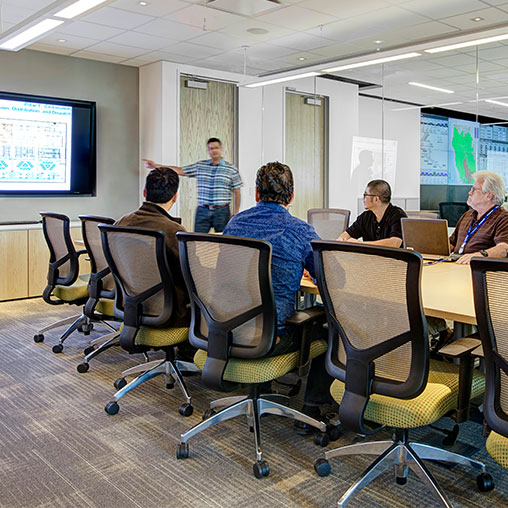
Pacific Gas and Electric Company, Gas Operation Control Center
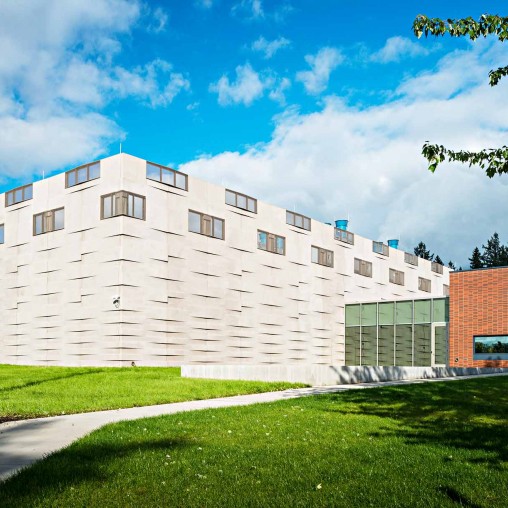
Software Engineering Company
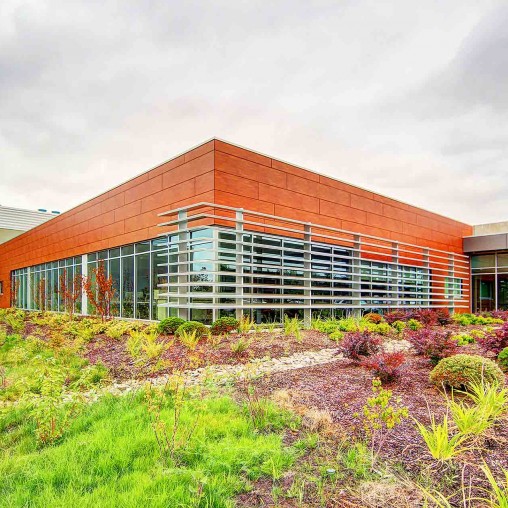
Multinational Computer Software Company
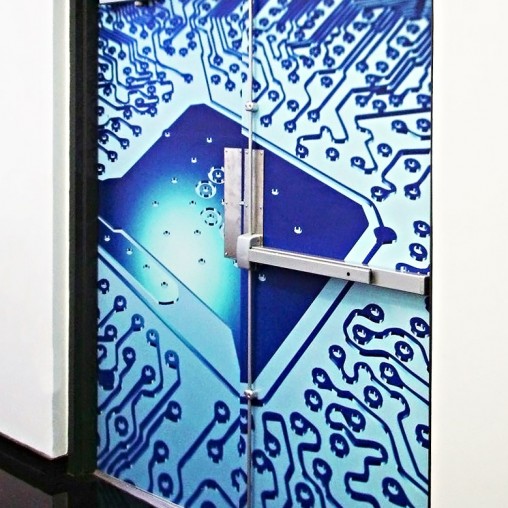
IBM Guadalajara
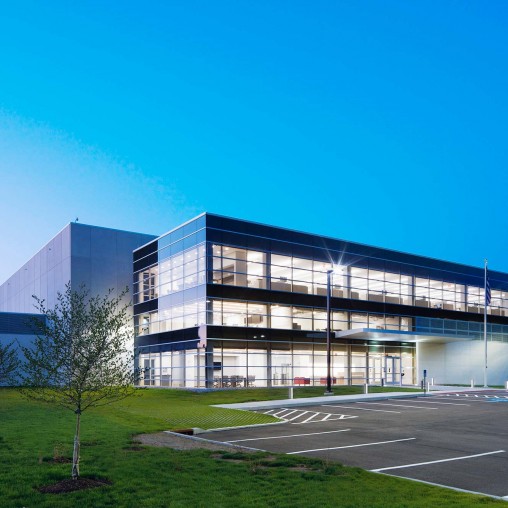
Cleveland Clinic Data Center
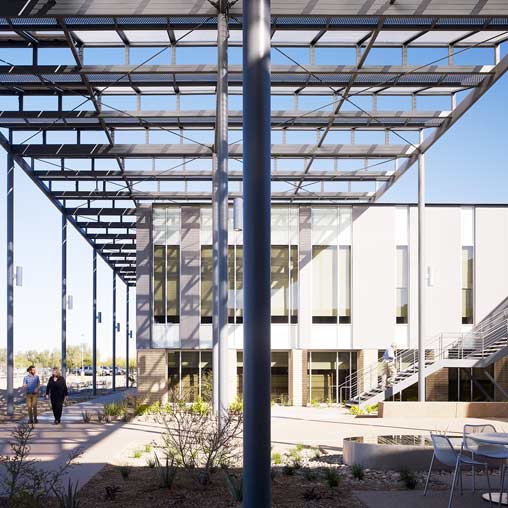
Southwest Energy Company Renovation/Repurpose
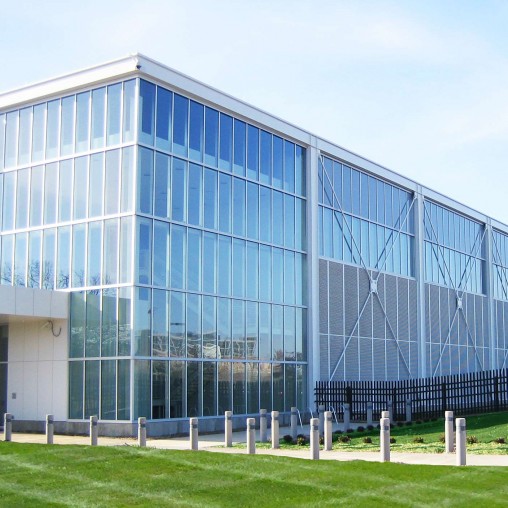
University of Illinois NCSA Petascale Computing Facility
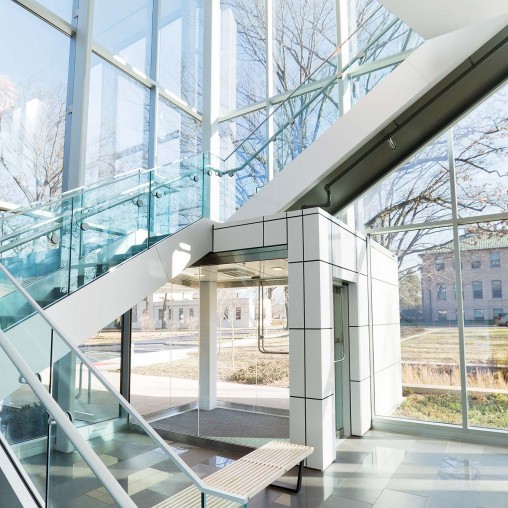
High-Performance Research Computing Center at Princeton University
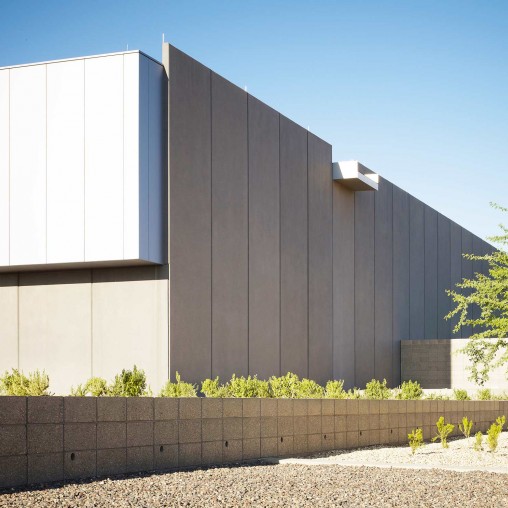
Banner Health Technology Center
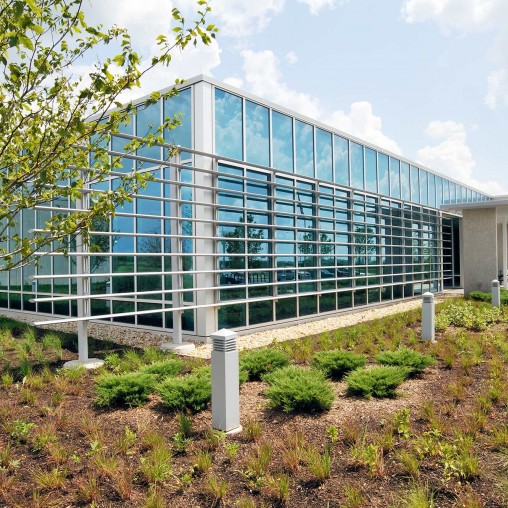
Financial Services (Full-Service Insurance) Company
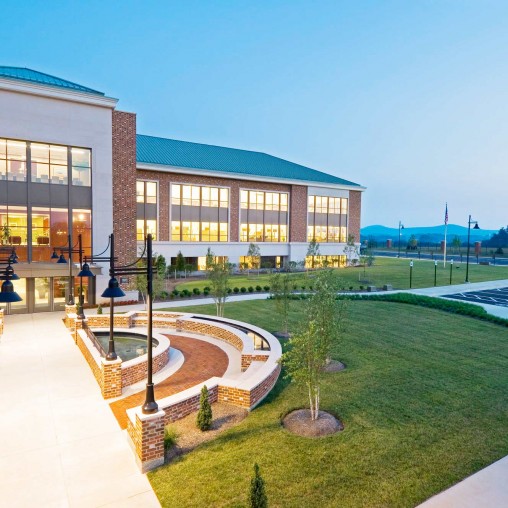
Fannie Mae Data Center
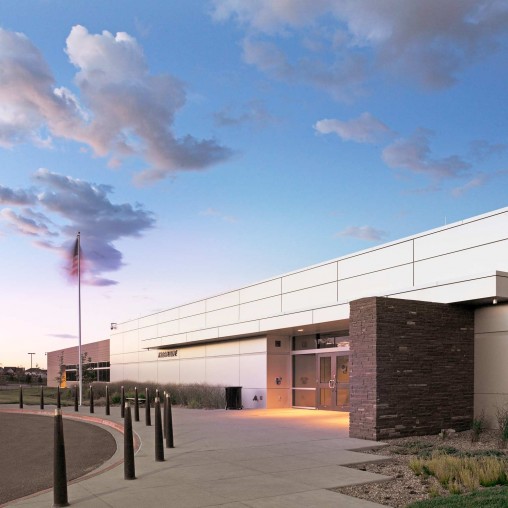
Financial Services (Auto Insurance) Corporation
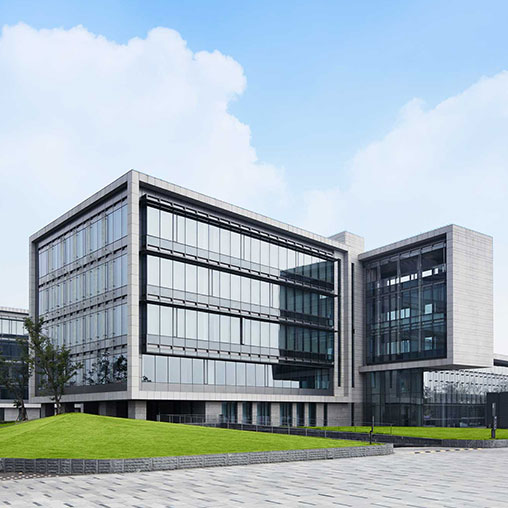
Financial Services (Banking) Company
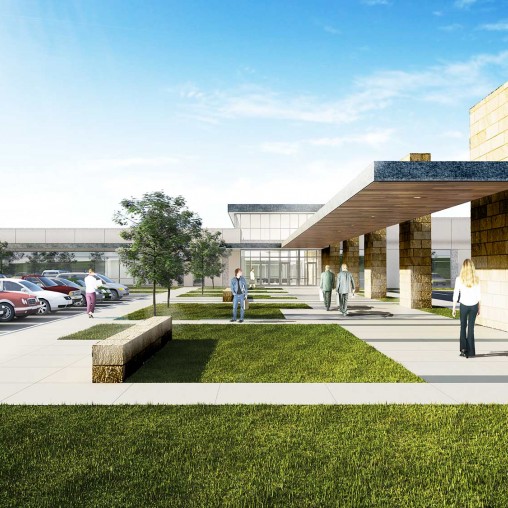
Project Cardinal
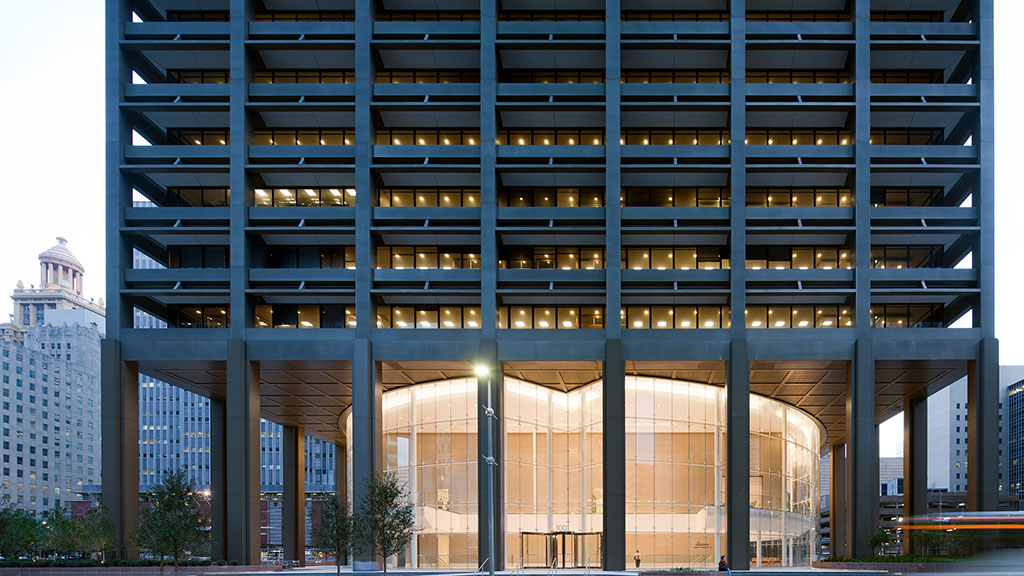
Historic Buildings: A New Solution for Modern Data Centers
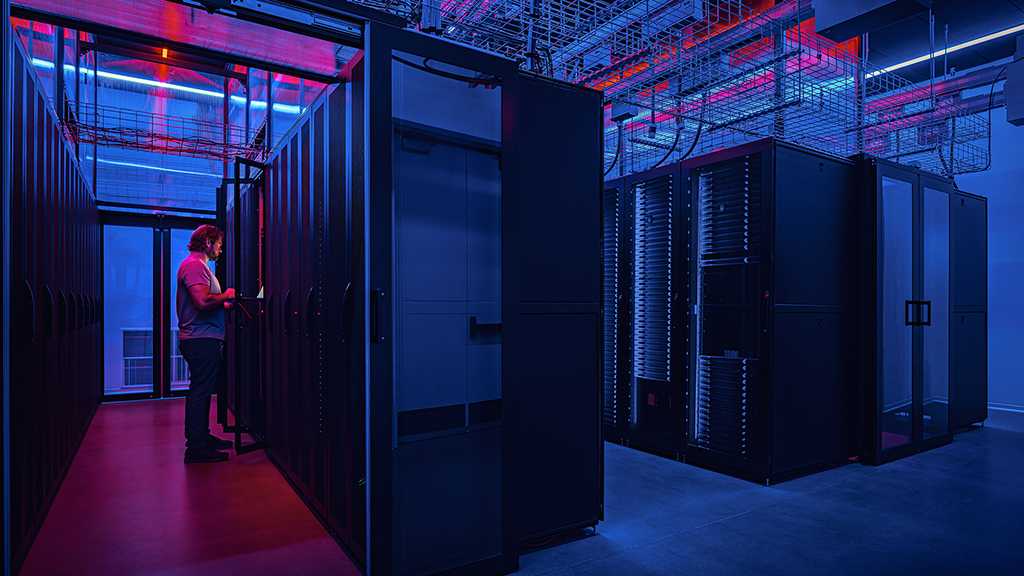
How AI Is Driving Innovation in the European Data Centre Market
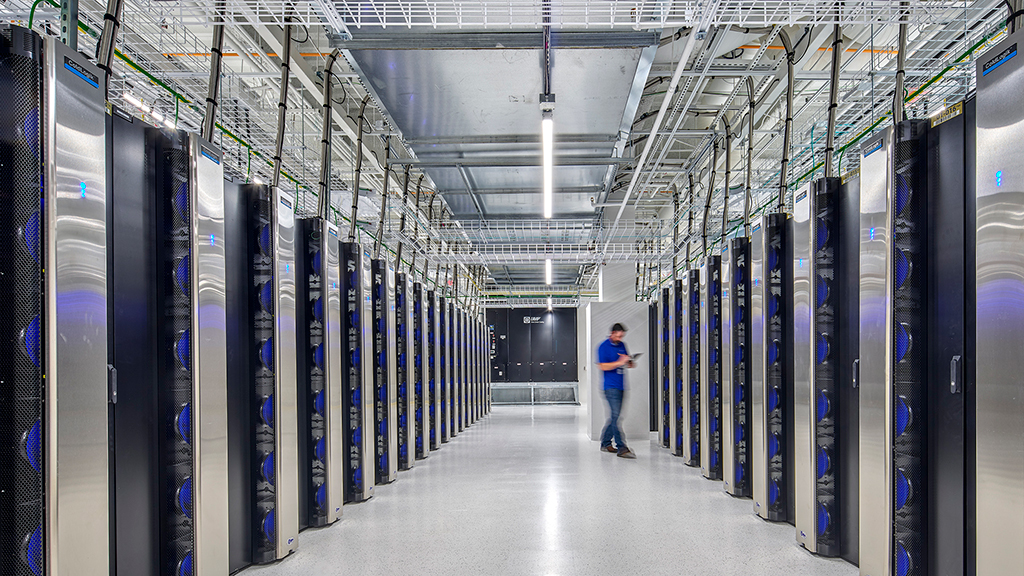
How the AI Gold Rush Is Influencing Data Center Design Trends
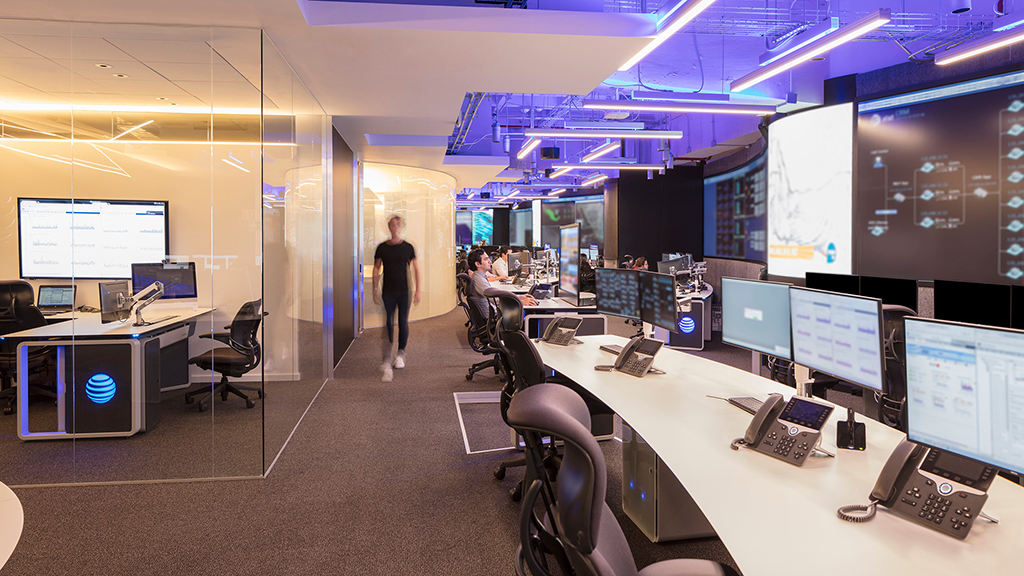
Fusion Center Models: The Future of 24/7 Banking Support Hubs
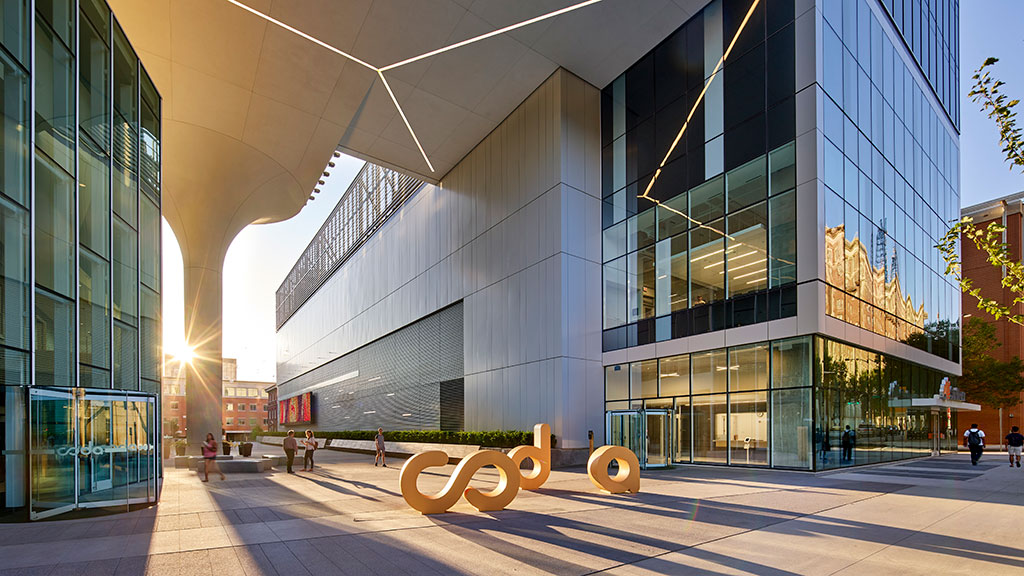
How Communities Can Benefit From Mixed-Use Data Center Integration
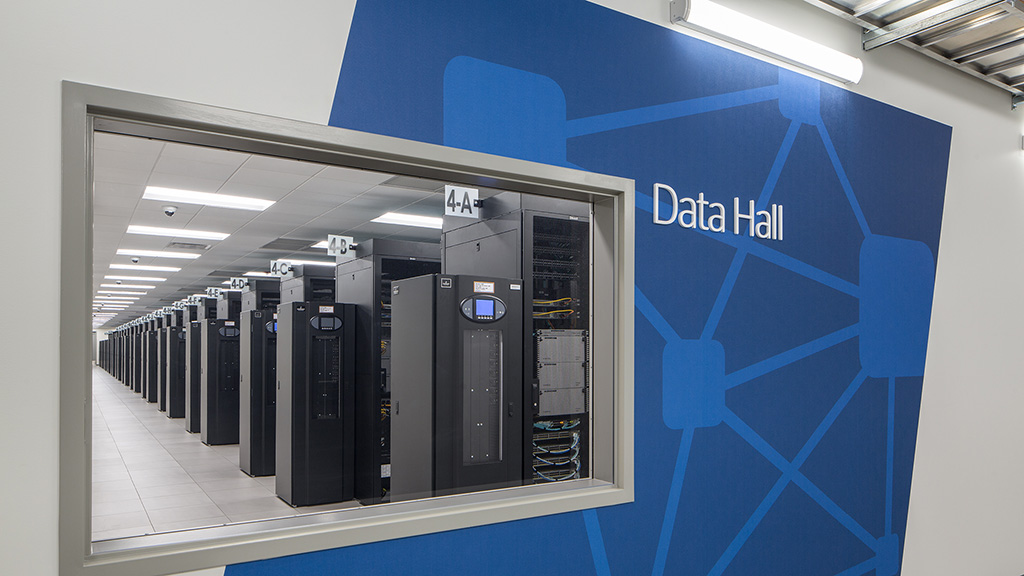
Data Keeps Us Going:
How Data Centers Power Society
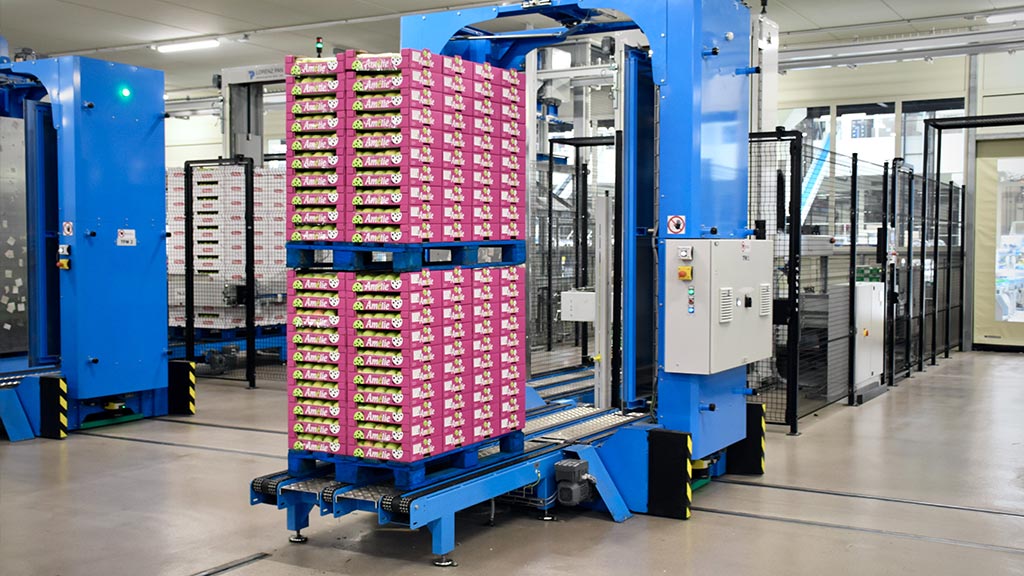
Micro-Fulfillment: The Next Step to Faster, More Efficient Last-Mile Delivery
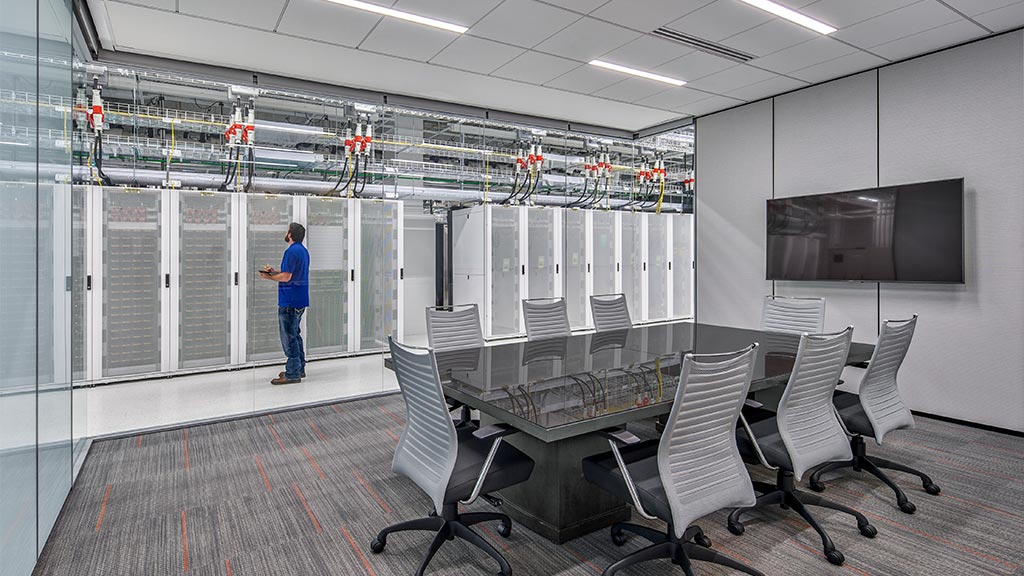
The Impact of Artificial Intelligence on Data Center Design

Designing for Lower Carbon Concrete in Data Center Constructions
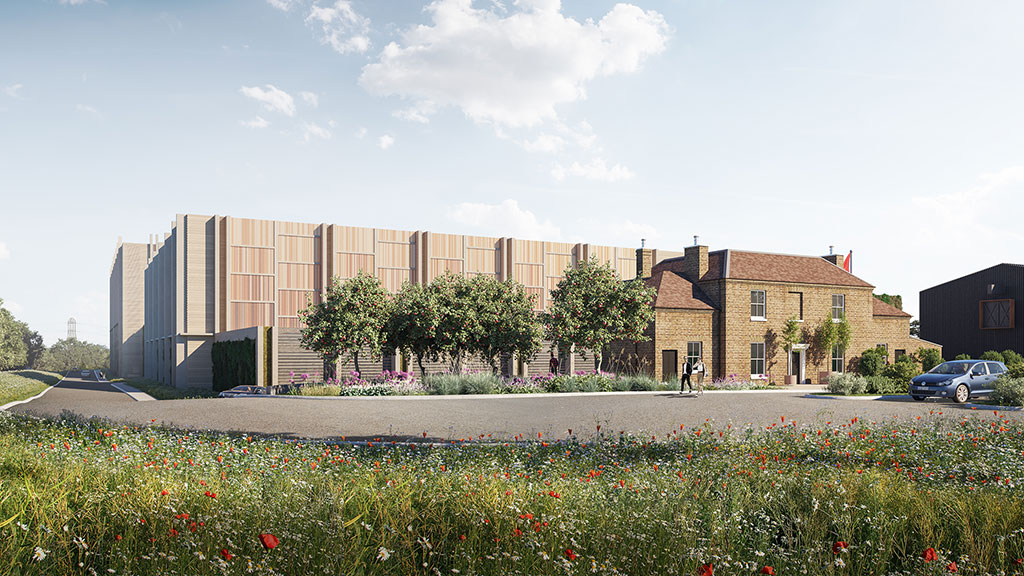
Data Centres and the Forgotten Landscapes of Digital Infrastructure
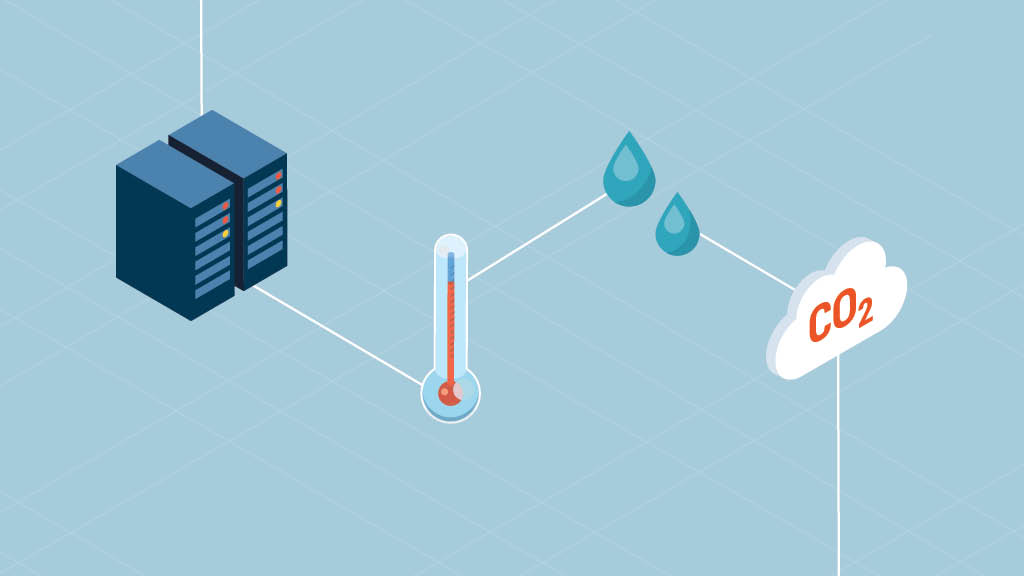
Utilizing Waste Heat From Data Centers
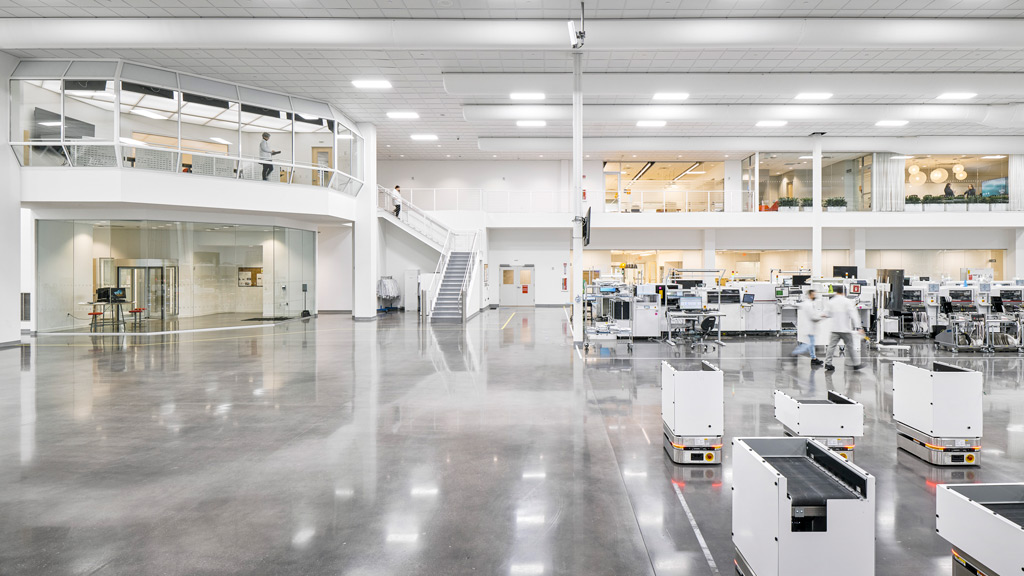
An Evolving Practice: Industrial Architecture

Using Algae to Offset the Carbon Cost of Data Centres
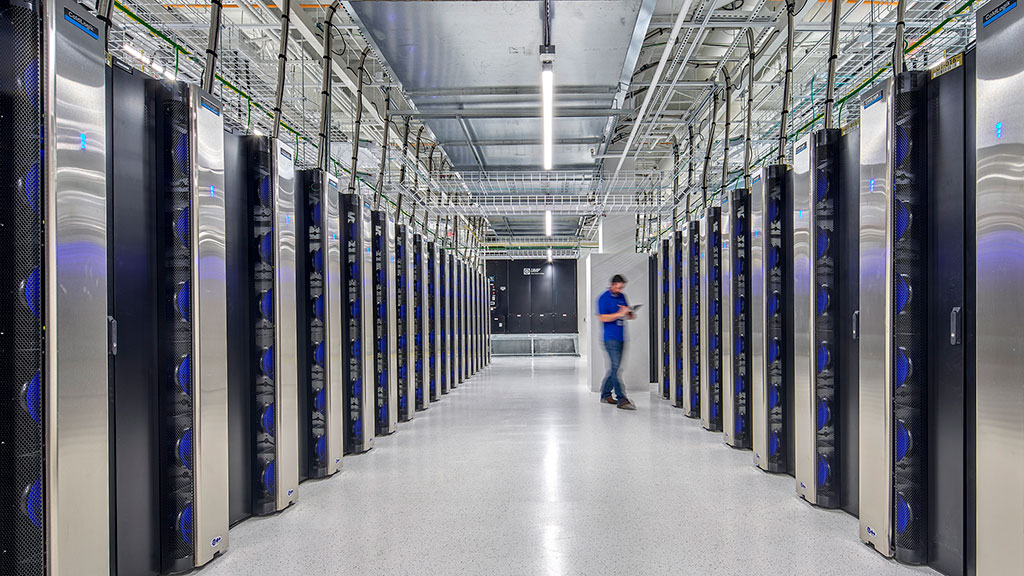
Living (and Thriving) at the Edge of Technology
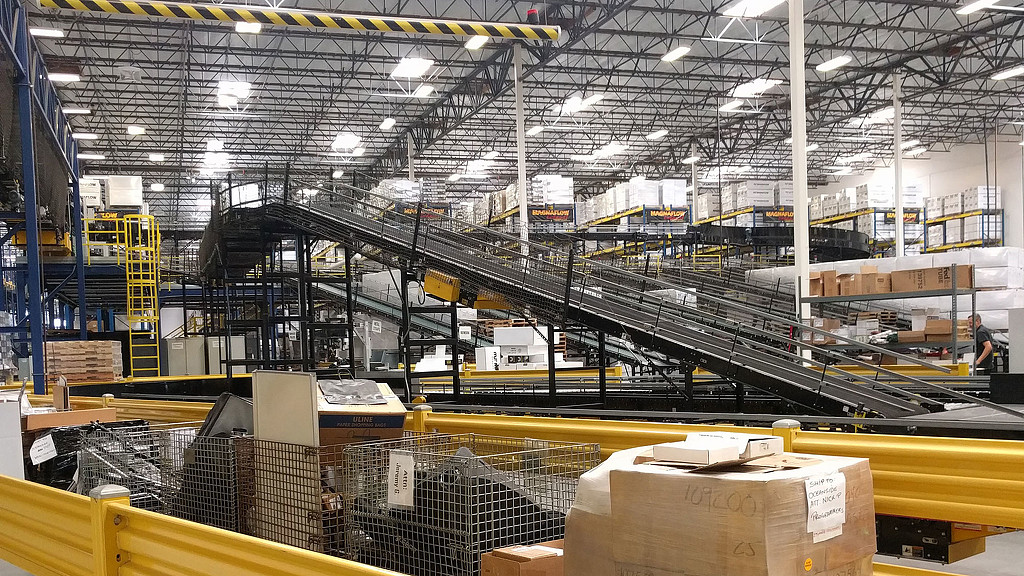
Distribution Center Design and Last-Mile Logistics
Long-term flexibility becomes standard practice.
GPU technology is advancing so quickly that today’s designs may have little relevance five years from now. Critical facility designs that can evolve indefinitely and are built to be reconfigured for new uses are in high demand. Data centers built for a single workflow risk falling behind. Adaptability helps avoid costly teardowns and rebuilds — saving time, money, and natural resources.
Energy demand outpaces energy availability.
Computing is increasingly energy-intensive and surpassing the capacity of local grids. While renewable or nuclear installations would be ideal zero-carbon approaches to meeting this demand, their implementation is too slow to meet today’s pace of construction. Developers are turning to on-site natural gas to bridge the gap between today’s needs and future clean energy integration.
Rack densities surge into the megawatt era and beyond.
AI workloads drive racks from tens of kilowatts into the megawatt range, pushing the limits of air cooling, floor loads, and power distribution. Developers get ahead by designing more compact configurations that anticipate increased densities with built-in liquid cooling and higher-voltage distribution.
Data centers go modular.
Data centers move beyond large, fixed structures and toward modular, prefabricated designs. Offsite manufacturing accelerates speed to market and allows components to be rapidly assembled onsite, reducing construction time and upfront costs. Prefabrication also enables easier scaling and relocation, giving operators the ability to respond to emerging market opportunities.


David Fanning

Joost Lansbergen

Jackson Metcalf

Josh Rosenthal

Gensler’s Jordan Goldstein and Marriott’s Kristen Conry Lead Discussion on “Designing a New Way to Think” at Fortune’s Brainstorm Tech
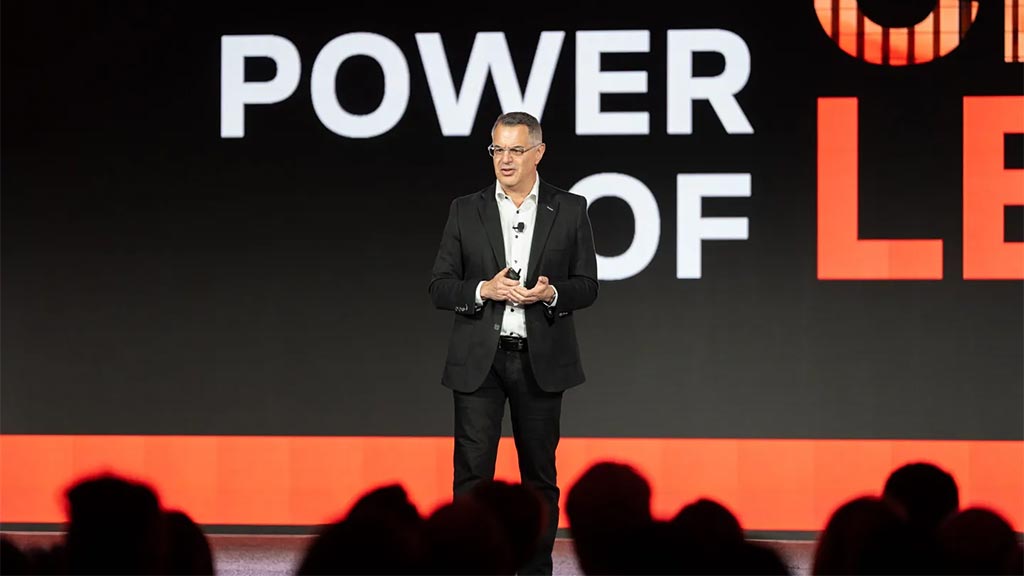
Fortune Features Insights From Gensler Co-CEO Jordan Goldstein on How AI Is Reshaping Design
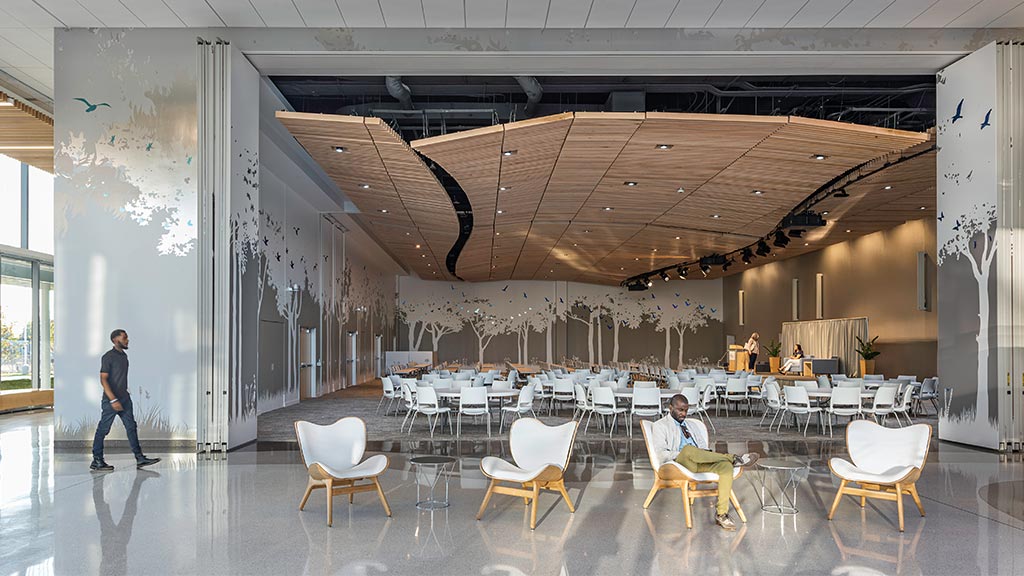
Interior Design Spotlights the Gensler-Designed Nationwide Children’s Hospital in Ohio
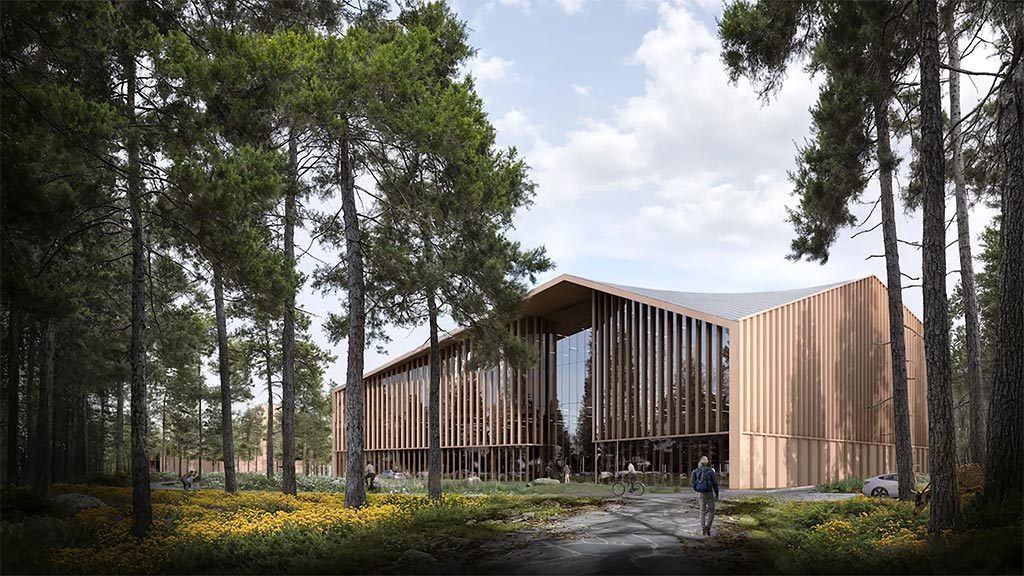
Fast Company Spotlights the Rise of Supersized Data Centers, Including the Gensler-Designed Wonder Valley
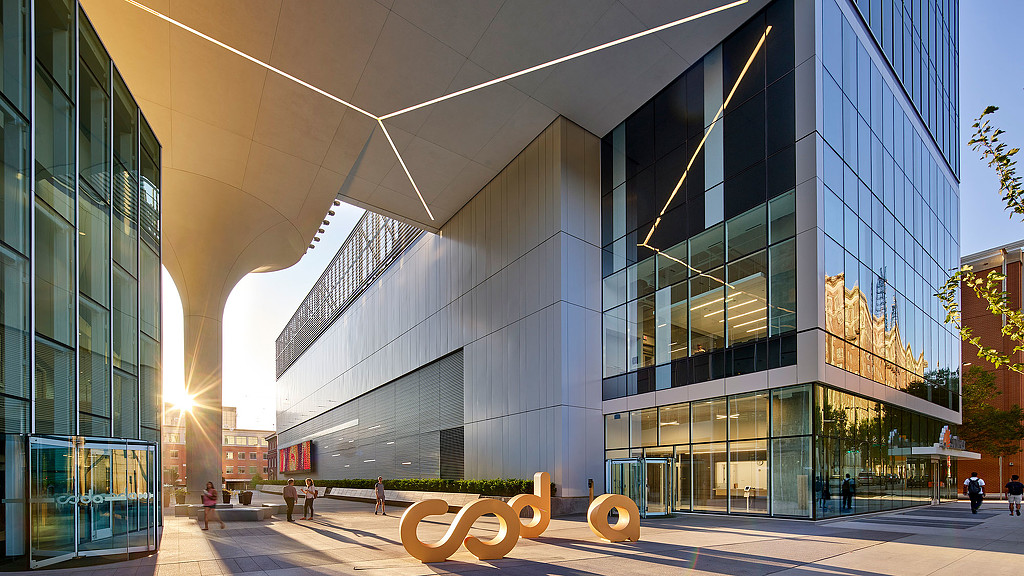
Fast Company Covered How Gensler Is Leading With Creativity In The Booming Data Center Sector
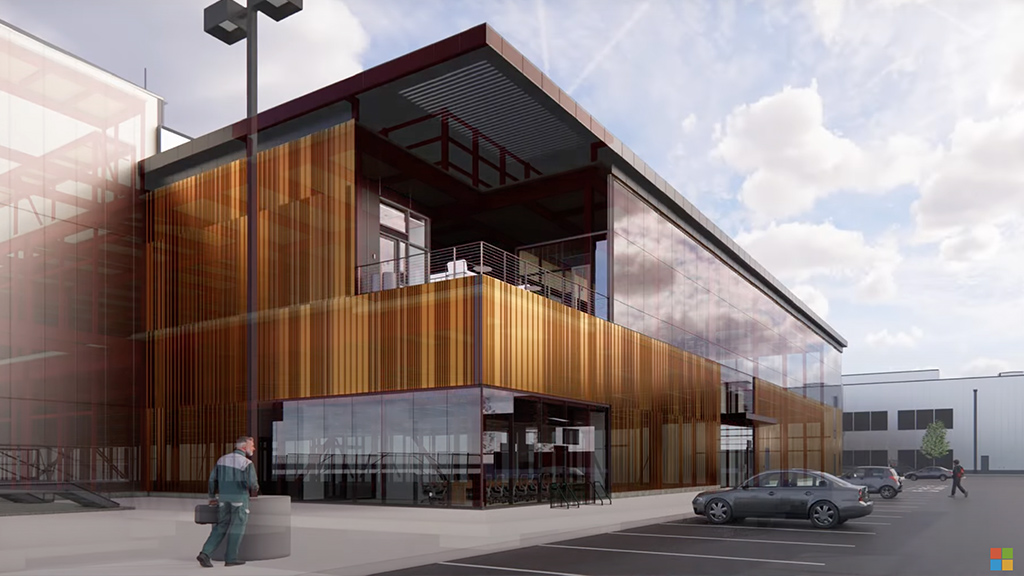
How Microsoft Is Building Its First Datacenters With “Superstrong” Hybrid Mass Timber
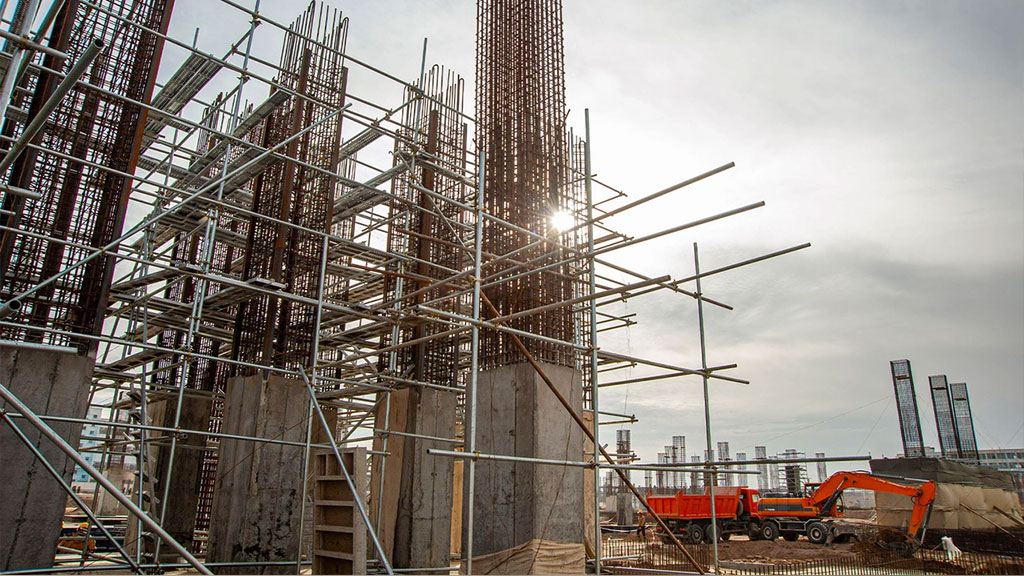
Critical Facilities Leader Jackson Metcalf Shares Best Practices for Building Sustainable Data Centers
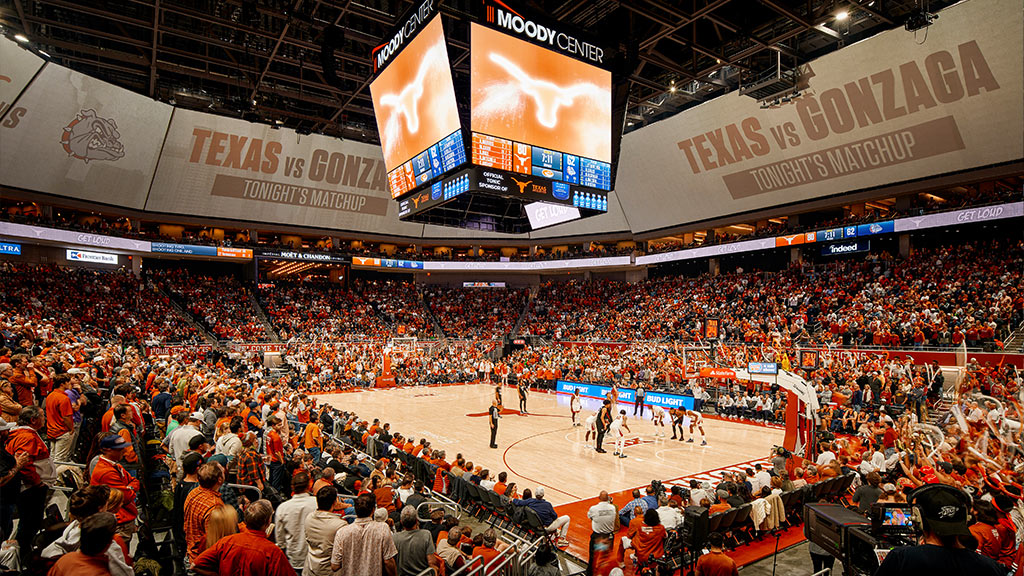
Gensler Retained Its Position As the #1 Architecture Firm in the U.S. in 2024
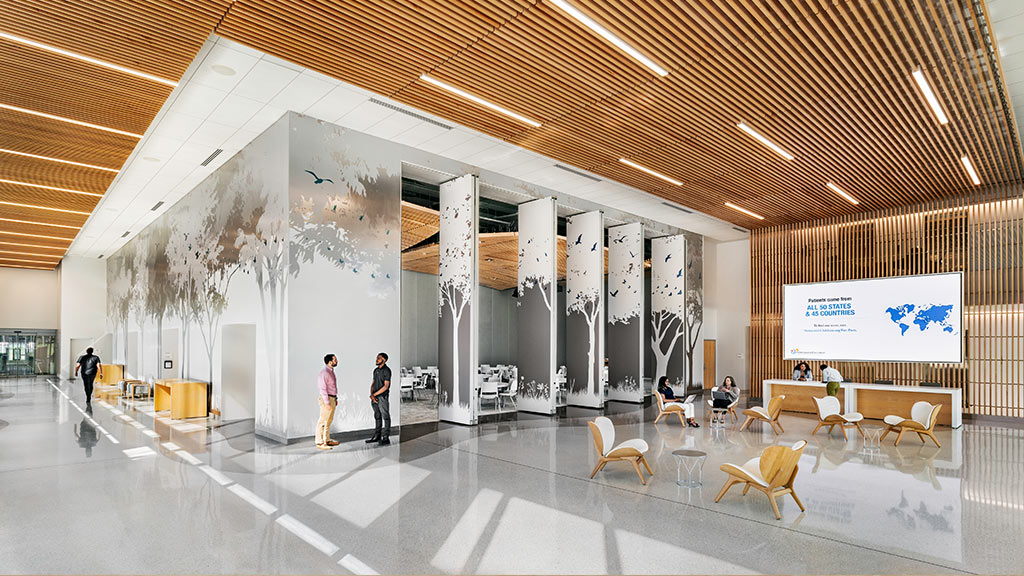
Gensler Designed Nationwide Children’s Hospital Data Center + Conference Facility as a “Hybrid-Use Building”
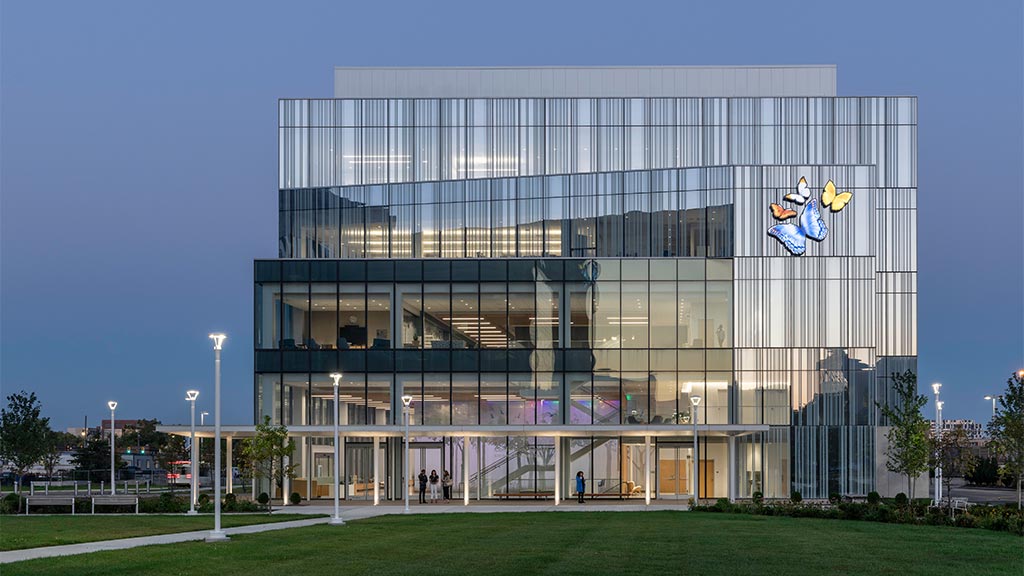
Nationwide Children’s Hospital Data Center + Conference Facility Adds New Data & Education Center on Campus

Reusing Waste Heat from Data Centres
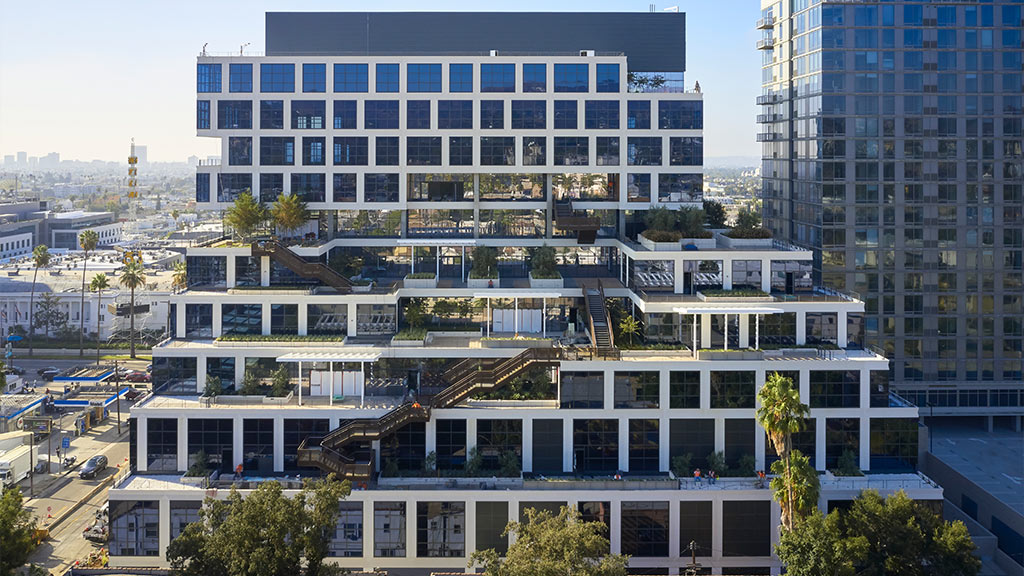
The Pros and Cons of Building With Precast Concrete

The Popularity of Converting Office Buildings Into Industrial Warehouse Product

Gensler Critical Facilities Leader Jackson Metcalf Discusses Data Center Design Trends
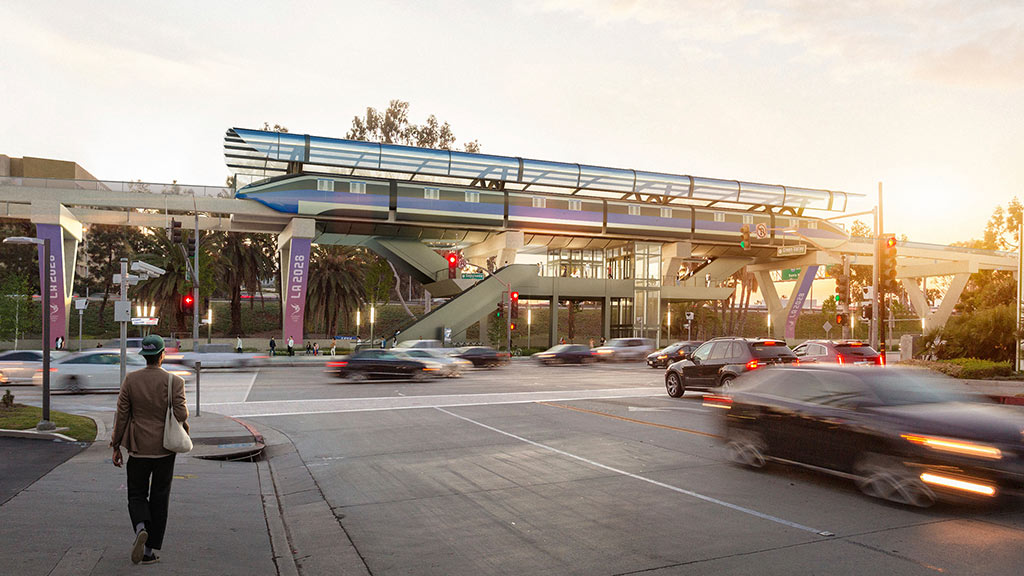
ThisWeekinFM Highlights 10 Trends That Will Change the Built Environment From Gensler’s Design Forecast 2023
